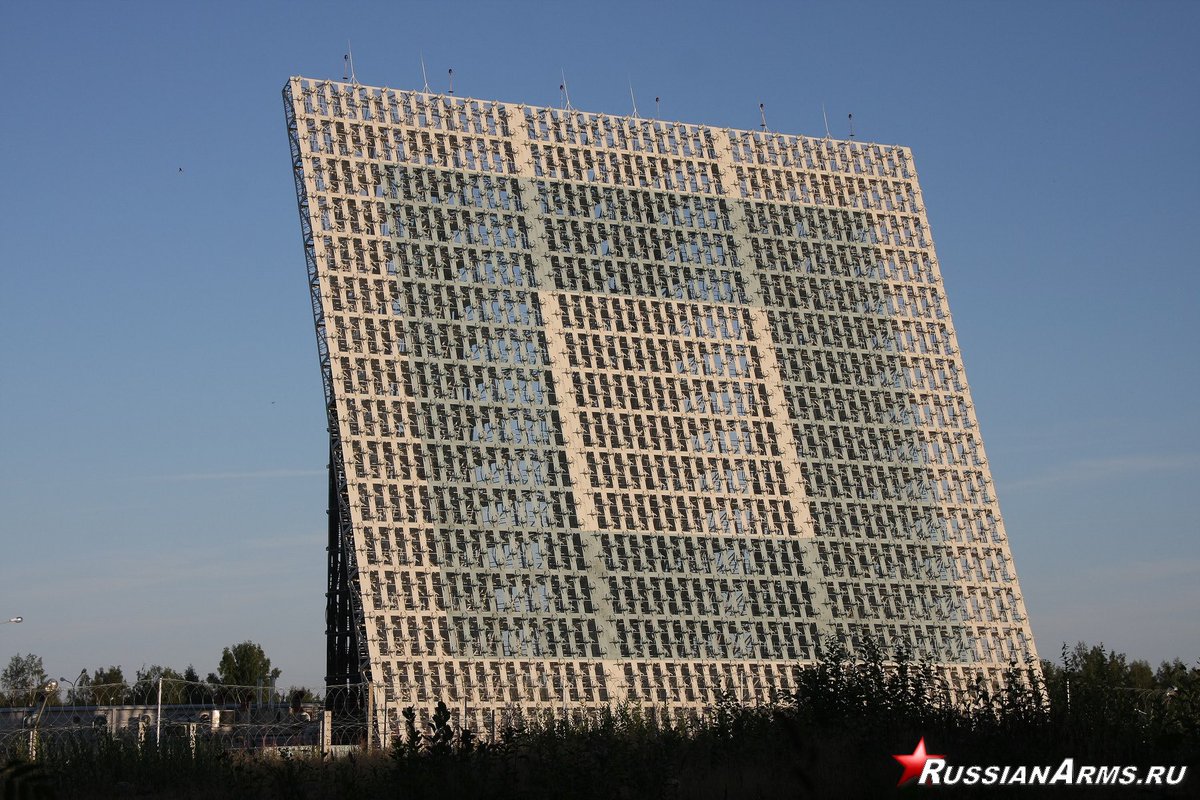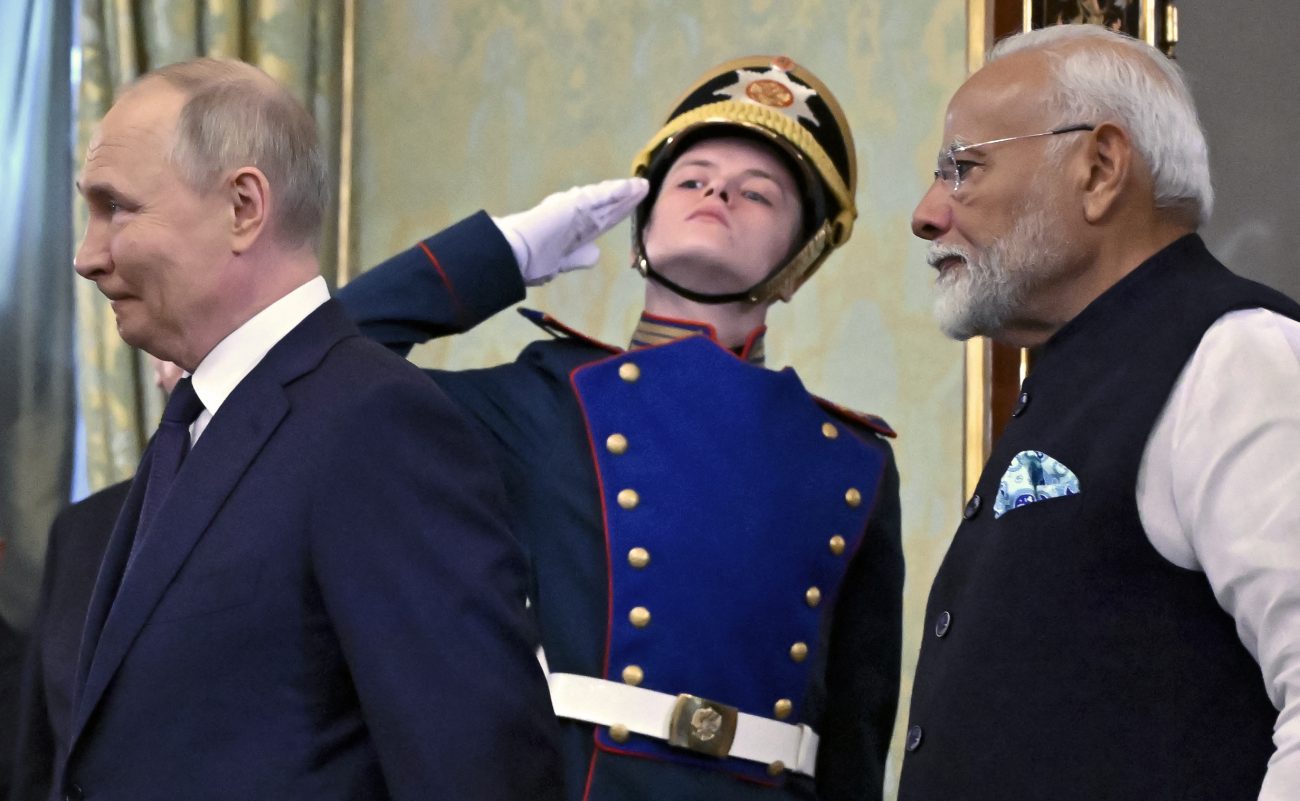New Delhi’s fine balancing between the US and Russia had been the talk of the town. Walking a tightrope, India purchased the S-400 in defiance of US sanctions, but also pivoted away from Russia as its one-stop shop for all defense needs. In what would mark the end of an era, the Indian Navy commissioned its last Russian-made warship on July 1.
INS Tamal, Admiral Grigorovich-class warship, is a multi-role stealth guided missile frigate and was commissioned in a ceremony on July 1 in Kaliningrad, Russia.
The warship is 125 metres long and has a displacement of 3900 tonnes. It will join the Indian Navy’s Western Naval Command and secure the Arabian Sea and western Indian Ocean.
Tamal is the last warship to be built in a foreign country. After this, all warships will be constructed in Indian shipyards.
The development is significant for other reasons as well. After the delivery of INS Tamal and the remaining two units of S-400s, India and Russia will have no other major weapon purchase deals remaining. Both of these deals were inked before the Ukraine conflict began.
The joint projects with Russia, such as manufacturing helicopters, have already been shelved. There has been no progress on the proposal to lease a Russian nuclear-powered submarine for training the Indian crew. The remaining two S-400 units out of the five will be delivered by the end of 2025 and the beginning of 2026.
INS Tamal – F 71#IndianNavy's Latest Stealth Frigate, Commissioned on date – 01 July 2025 https://t.co/vjeSZQP6RW pic.twitter.com/FWOZSFXCvo
— SpokespersonNavy (@indiannavy) July 1, 2025
Following the recent success of the S-400 during the India-Pakistan military confrontation, reports have emerged that India is likely to purchase additional units of the S-400 or acquire its successor system, the S-500, to render its airspace impregnable against Pakistan and China. But there has been no concrete development on this front.
Media reports suggested that the two sides have been negotiating a deal to purchase the Voronezh early warning radar system, which has a range of over 6,000 kilometers.

The deal is expected to be worth over US$4 billion. If the deal comes through, it will be a significant boost for Indian air defense, as only the US, Russia, and China currently operate radar systems with a range of over 5,000 kilometers. However, there is nothing to show for these negotiations.
Moscow has been issuing statements about providing complete technology transfer of the Su-57 ‘Felon’, its 5th-generation fighter aircraft, to India. However, Indian Defense Secretary Rajesh Kumar Singh recently clarified that India was not in any ‘formal talks’ with Russia for the acquisition of 5th-generation stealth fighters. Instead, India’s focus is on developing its own 5th-generation fighter aircraft, the Advanced Medium Combat Aircraft (AMCA).
In recent years, India has been pivoting away from Russian defense equipment, guided by its twin goals of reducing dependence on Moscow’s arms and boosting the domestic defense industry. The US and France have emerged as major suppliers of defense equipment to India.
The small defense deals between India and Russia involve the supply of spare parts or maintenance of existing Russian platforms in the Indian armed forces, such as rifles, tanks, and fighter jets. This is likely to continue for decades to come.
Statistics also support this shift. India’s defence imports from Russia have plummeted from 76% in 2009 to just 36% in 2024, according to the Stockholm International Peace Research Institute (SIPRI). This is the first time since the 1960s that Russia’s share fell below half.
In contrast, American aircraft and systems have made inroads into the Indian forces. Since 2018, New Delhi has awarded defense contracts worth nearly $20 billion to US firms.
The most recent purchase has been for 31 long-range drones from General Atomics under a USD 3 billion deal. India’s aerospace maker Hindustan Aeronautics Ltd. (HAL) and General Electric are in the final stages of striking a deal to jointly produce advanced jet engines for India’s next generation of fighter aircraft.
While India’s defense purchases from Russia are on decline, New Delhi has emerged as the second-largest buyer of Russian fossil fuels in May 2025, according to the Centre for Research on Energy and Clean Air. It is estimated that India purchased fossil fuels worth € 4.2 billion from Russia in May, with crude oil accounting for 72% of the total.
This has been a major thorn in the India-US ties, which, despite new breakthroughs, is dragging its feet. India’s economic ties with Russia are in the spotlight again after influential US Senator Lindsey Graham is publicly advocating for a new sanctions bill that will target countries that do business with Moscow.
“I’ve got 84 co-sponsors for a Russian sanctions bill that is an economic bunker buster against China, India, and Russia for Russia’s brutal invasion of Ukraine. I think that bill’s going to pass,” Graham said in a television interview in June.
It remains to be seen whether the constant resistance from the US will prompt India to re-embrace Russia.

INS Tamal – The Last Russian Warship In The Indian Navy
India and Russia signed an intergovernmental agreement in October 2016 for Yantar Shipyard to construct two frigates and for India’s state-run Goa Shipyard to build two follow-on frigates at its facilities, with technical support from Russia’s United Shipbuilding Corporation (USC).
The contract for it was signed in 2019, valuing about $2.5 2.5-billion. INS Tushil was commissioned in January 2025, and INS Tamal was commissioned on July 1. The remaining two were built at the Goa Shipyard in India through technology transfer.
These ships are an advanced variant of the Talwar-class frigates already in operation with the Indian Navy. The INS Tamal ship was scheduled to be delivered by the end of 2022. The delay has been attributed to supply chain issues caused by the COVID-19 pandemic and the Ukraine War, which began with the Russian invasion in February 2022.
Tamal refers to the mythical sword used for combat by Indra, the King of the Heavens.
INS Tamal has 26 percent indigenous systems and is equipped with the lethal BrahMos supersonic cruise missile capable of striking both land and sea targets. The frigate also features the ‘SHTIL’ vertical launch air defence system, which includes the vertical launch short-range air-to-air missile (VLRAAM) and the medium-range surface-to-air missile (MRSAM), both capable of engaging cruise missiles, helicopters, ballistic threats, and even sea- and shore-based targets.
The warship features an improved 100 mm gun, a new-generation EO/IR system, in addition to the standard 30 mm CIWS, heavyweight torpedoes, urgent-attack anti-submarine rockets, and a range of surveillance and fire control radars and systems.
Force multipliers include Air Early Warning and Multi Role helicopters, which can operate from the deck of Tamal. The combat capability of the ship is augmented by a host of Network Centric Warfare capabilities and an advanced Electronic Warfare suite. Tamal punches well above its weight, boasting a very high tonnage-to-firepower ratio, extended endurance, and a top speed exceeding 30 knots.
The crew, comprising over 250 personnel, has undergone rigorous ashore and afloat training in extremely challenging winter conditions in St. Petersburg and Kaliningrad, Russia. Tamal has successively completed extensive sea trials undertaken over three months, proving its systems, weapons, and sensors.
The ships are powered by Ukrainian engines, following India’s persuasion of the Ukrainian government in 2019 to provide two ship engines to the Russian shipyard in Kaliningrad, a semi-exclave in northern Europe, bordered by Belarus and Latvia to the East.




